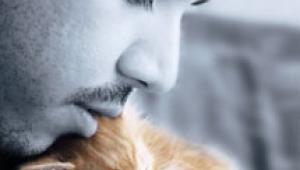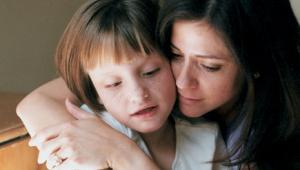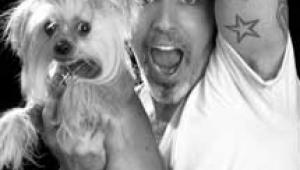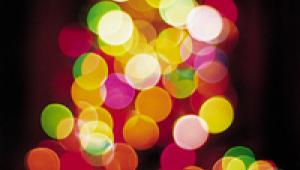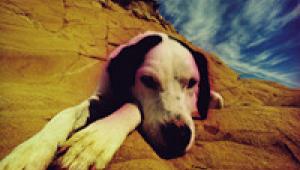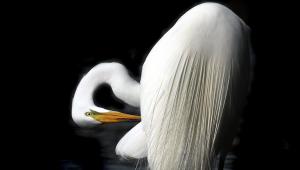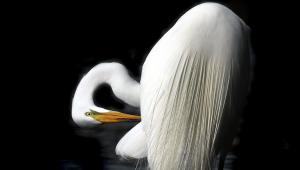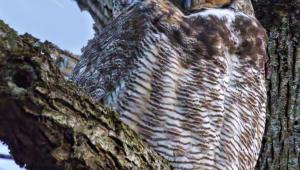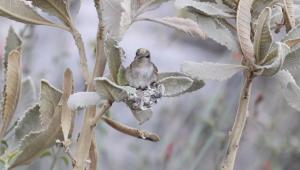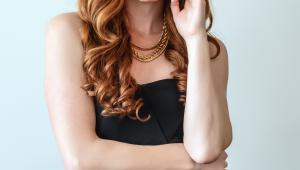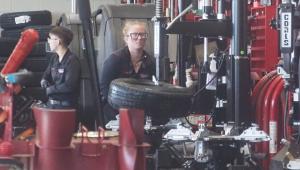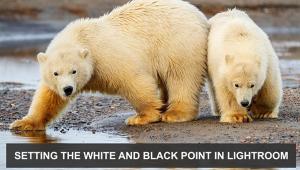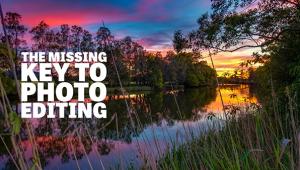Ron Kimball: Puppies, Kittens & Bears Oh My! Page 2
 |
 |
||
|
|
Kimball's Tool Box
Kimball shoots with a variety of formats. Currently, he uses a Canon EOS-1v
when shooting film, and the EOS-1Ds for his digital imaging. He also uses a
medium-format Mamiya RZ67 and the large-format Sinar 4x5. His film of choice
is Fujichrome Velvia 100F "for all formats." His digital darkroom
includes an Epson 1270 printer, an Imacon scanner, and a Macintosh G5. In his
studio, he utilizes soft boxes, hard lights, a cove wall, flats, umbrellas,
and fresnels--"all sorts of lights." He also has a drive-in
space for photographing cars.
 |
|
|
Lions, Tigers & Bears
He's "always busy" doing the principal photography--especially
animal images--for Ron Kimball Stock. As for his subjects, "I shoot
the whole gamut of pets and wild animals. We've had lions, tigers, bears,
and even elephants in our studio!" He's also recently photographed
an owl for the "Harry Potter" film series. Although his stock collection
includes some exotic animals, surprisingly Kimball hasn't traveled far
and wide to shoot them: "I've gone to Alaska, Montana, Wisconsin,
and California, but never on an African safari." He photographs many of
these animals in his studio, and gains access to many of them via trainers.
Kimball has shot a lot of breed-specific dog calendars, but he says he enjoys
working with "the everyday mixed-breed dog." Although photographing
animals has always been part of his repertoire in addition to shooting cars
and other products, he says, "I'm getting back to doing more animal
photography. I usually have good rapport with them--I can read animals
well."
 |
|
|
A believer in always moving forward
with new techniques and technology, Kimball observes, "If you stay in
one place, you'll be left behind." And after years of success in
this competitive industry, he's earned the right to pick and choose assignments.
"What's most important to me is that I really enjoy what I do, and
I can take the jobs that I want."
8 Pet Photo Pointers
Ron Kimball offers some tips based on his expertise photographing pets and other
animals.
1. Don't try to force an animal into getting into a particular position. It's better to look for more-predictable behavior, and photograph a pet "doing what it's doing." If you're familiar with the animal, Kimball says, "Try to photograph him/her in a favorite haunt, like a cat who enjoys sleeping in a window." You and your subject will be less stressed-out if you shoot around its behavior.
2. When photographing someone else's pet, try to build rapport with the animal prior to a photo shoot whenever possible. Decide whether or not the pet owner can assist with the shoot--such as occasions when the animal is very well-trained and will respond to the owner's commands--or whether it's best that the owner simply drop the pet off with you to be photographed.
3. Kimball says that the number-one question he gets from pet-owners is, "How do I get rid of red-eye?" (Sometimes it's called "evil eye"--what's known as red-eye with people often appears to be a bright blue- or green-eye with animals.) To get a more-natural eye color, he advises using the flash off-camera, perhaps with a flash cord or bracket.
4. When shooting outside on a sunny day, it's a good idea to use fill-flash or a reflector to bounce a little light into the pet's face--"avoid getting raccoon eyes." You can also make a simple diffuser panel, says Kimball. "Just get a white, sheer bedsheet and have someone hold it between the bright sun and your subject." He also points out that open, bright shade on a lightly cloudy day is more flattering than bluish, cool shade. "Indoors, a couple of strobes or umbrella lights work well, if you own some. With flash, you can bounce it off the ceiling, or utilize window light. Don't be afraid to stretch the limits of your imagination!" If the animal is very still in repose, he says, you can even utilize natural light for a long exposure.
5. Be careful when photographing puppies and kittens together. Many of Kimball's photo shoots involve doing this, and he warns, "Sometimes kittens can be the aggressors." Ensure that these animals will get along before attempting this type of photo shoot. "We never do anything to antagonize animals, and certainly never drug them to sedate them for photography," adds Kimball.
6. When photographing a pet, make the occasion enjoyable by rewarding him/her with treats or an affectionate pat. If you want to use props, make sure it's one the animal will be comfortable with. "Pets often feel comfortable when they're contained in a particular space, like lying in a basket," says Kimball. When shooting, he says, you can sometimes use a squeaky toy, or open and close a door from a distance to get a dog's attention. "Dogs will often respond to his/her name being called." With cats, you can wave a feather.
7. "Be familiar with the equipment you're using," says Kimball. "A pet won't stick around forever." He took the time to learn about his Canon EOS-1Ds in the evening when he wasn't working. Practice and be confident about using your camera gear, he advises. "When shooting digitally, you can experiment with your camera a lot, and more economically than with film."
8. Animals have
their own personalities, just as people do. You need to be aware of this to
get a good shot, says Kimball. Do your research!
You can see more of Ron Kimball's images at www.ronkimballstock.com.
- Log in or register to post comments



